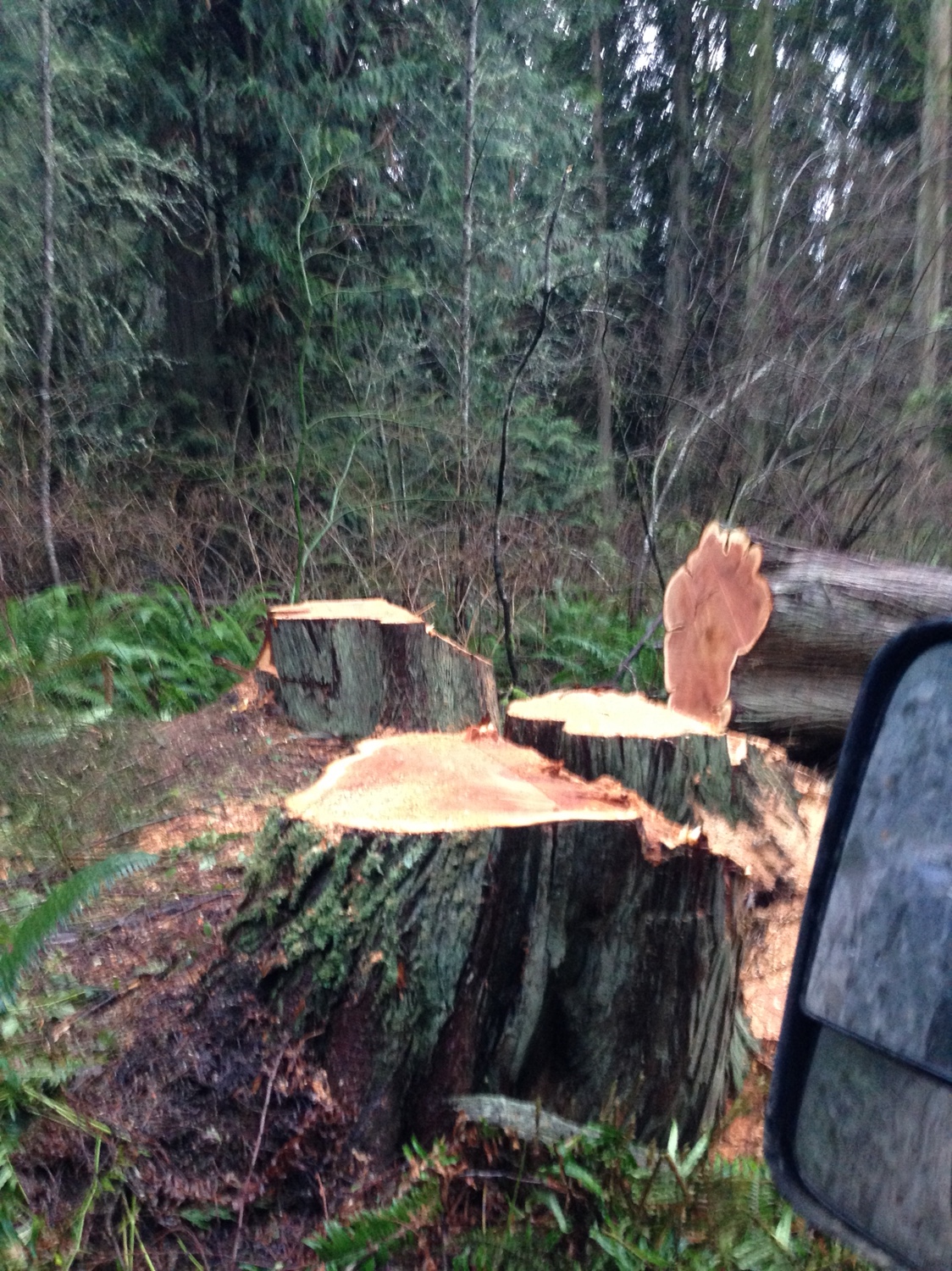Hi,
Great Forum. Thanks all, for the thoughts on which Stihl saw I should probably get.
First, let me admit that I have never felled any tree, irrespective of size.
But, as I've posted, am looking into getting a Stihl small chainsaw for clearing brush, etc. All very light stuff.
Am a retired Engineer, with some structural work, and have been thinking about the following a bit.
Am curious, and would be interested in anyone(s) explaining the following for me:
Let's say you have a perfectly symmetrical tree, no branches, standing absolutely
straight up. A telephone pole analogy, perhaps.
O.K., the center of gravity (c.g.) obviously goes right thru the middle.
I have watched a zillion YouTube and other videos, and the all say, every single explanation, that the first
directional cut (wedge) should be made inward no more than about 25 % of the diameter.
That means, of course, that the c.g. is "still" behind what will become the hinge after a felling cut is made
from the back.
So, unless wedges are used, the natural tendency therefore would be for the the tree to tilt backwards, it seems to me.
Again, as the c.g. is toward the rear of the hinge (behind the hinge)
This doesn't sound so good.
What am I, obviously, missing ?
Whey shouldn't the first cut be made over 50% of the diameter, so the c.g. would tend to tilt
the tree forward, when the felling cut is made from the rear ?
Interesting to think about this, for me.
Any thoughts on ?
Bob
Great Forum. Thanks all, for the thoughts on which Stihl saw I should probably get.
First, let me admit that I have never felled any tree, irrespective of size.
But, as I've posted, am looking into getting a Stihl small chainsaw for clearing brush, etc. All very light stuff.
Am a retired Engineer, with some structural work, and have been thinking about the following a bit.
Am curious, and would be interested in anyone(s) explaining the following for me:
Let's say you have a perfectly symmetrical tree, no branches, standing absolutely
straight up. A telephone pole analogy, perhaps.
O.K., the center of gravity (c.g.) obviously goes right thru the middle.
I have watched a zillion YouTube and other videos, and the all say, every single explanation, that the first
directional cut (wedge) should be made inward no more than about 25 % of the diameter.
That means, of course, that the c.g. is "still" behind what will become the hinge after a felling cut is made
from the back.
So, unless wedges are used, the natural tendency therefore would be for the the tree to tilt backwards, it seems to me.
Again, as the c.g. is toward the rear of the hinge (behind the hinge)
This doesn't sound so good.
What am I, obviously, missing ?
Whey shouldn't the first cut be made over 50% of the diameter, so the c.g. would tend to tilt
the tree forward, when the felling cut is made from the rear ?
Interesting to think about this, for me.
Any thoughts on ?
Bob




























































